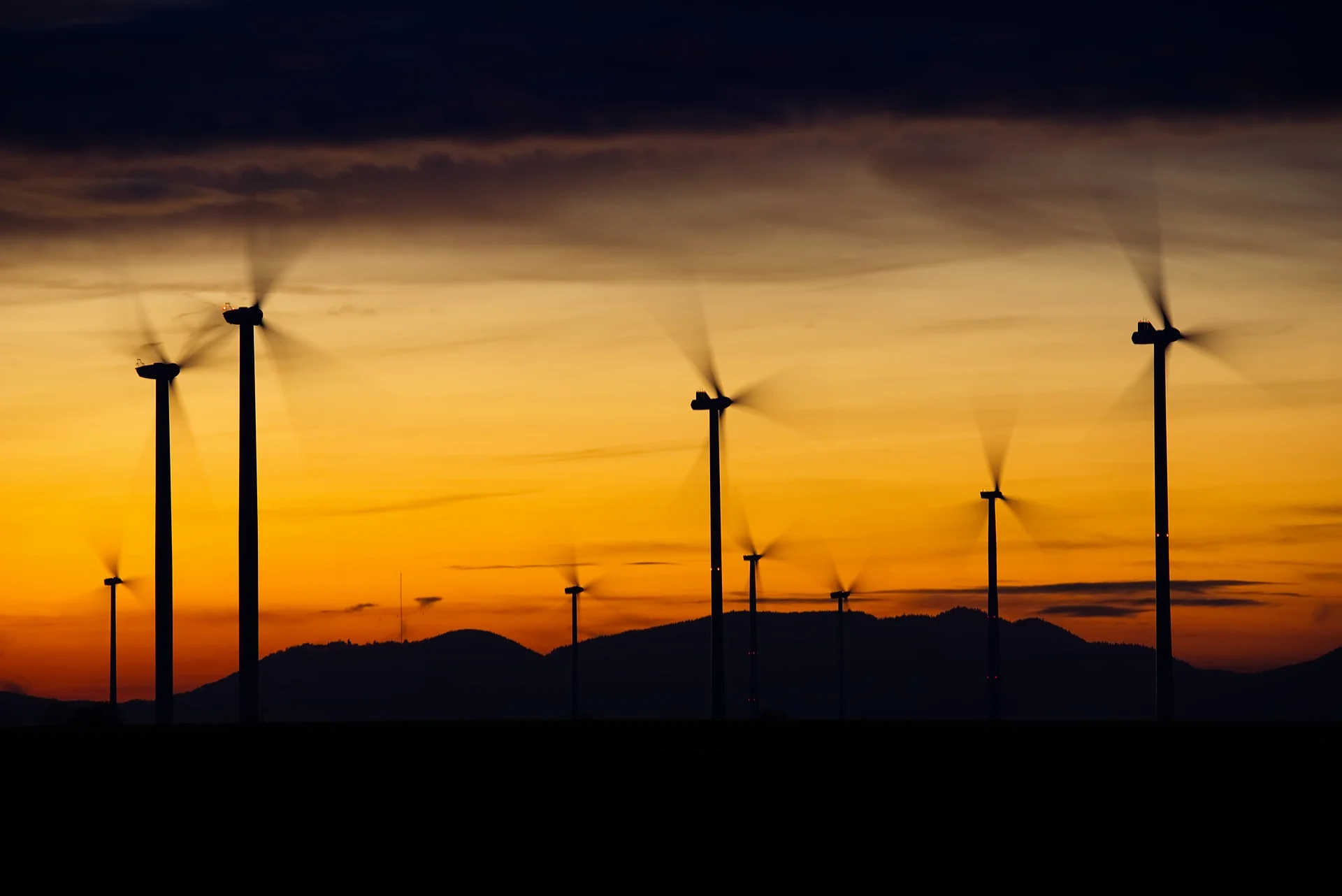A raft of driving factors, including increased demand for electricity and the decreasing cost of wind power, is set to see the wind energy industry soar across Africa and could see the industry add 30 gigawatts (GW) worth of new capacity over the next decade.
A new report published by Market Analyst Sohaib Malik from MAKE Consulting focusing on the African wind energy sector forecasts capacity additions worth 30 GW between 2018 and 2027, led by South Africa, Egypt, and Morocco, which will maintain their continental leadership and account for more than two-thirds of new capacity over the forecast period.
According to the new Africa Wind Power Market Outlook report, South Africa’s newly-elected government has signed “long-awaited” Power Purchase Agreements (PPAs) and has also announced a new bidding round set to be held in the fourth quarter — both of which, according to Sohaib Malik, “have helped end a period of uncertainty” which has halted renewable energy development in the country.
In Egypt, renewable energy developers are beginning to demonstrate their ability to drive down costs, which MAKE expects will make wind energy the most inexpensive source of power generation in the country. Meanwhile, despite delays in project execution in Morocco, MAKE expects that the country remains on track to reach its 5 GW wind energy capacity target by 2030.
However, these three markets will be joined by new markets across the continent, including Ethiopia, Kenya, and Tunisia, which will be able to finally translate their ambitious goals into actual market development — working out the kinks in “imperfect regulatory frameworks.”
Currently, Tunisia has been forced to re-work its PPA policies which had previously been deemed “unbankable” while, at the same time, these countries are expected to transition to a competitive auction mechanism which MAKE expects will support post-2020 growth. Specifically, MAKE expects these three countries will be able to install 5 GW between them by 2027.
MAKE also expects smaller markets to begin evolving across Africa and will “experience sporadic, project-scale developments defying multifaceted challenges.” Specifically, Ghana, Senegal, and Tanzania will serve as key players in their respective sub-regions. In total, MAKE expects around 20 small African markets to add over 5 GW over the next decade.
Read more Here
